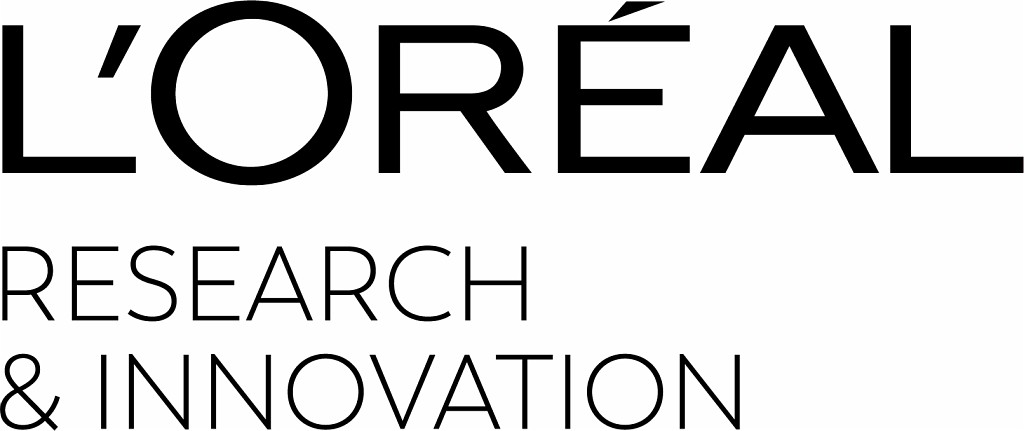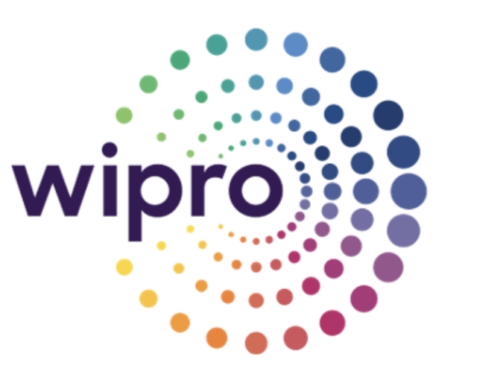Hyperpigmentation, a prevalent dermatological condition affecting a significant portion of the global population, presents a considerable challenge in skincare. Characterized by localized darkening of the skin due to excessive melanin production, this condition can have profound psychosocial impacts, affecting self-esteem and quality of life (D Kerob et al, 2024). This article delves into the science behind Melasyl™, a novel active ingredient developed by L’Oréal Research & Innovation, offering an innovative and inclusive approach to hyperpigmentation management.
The Complexities of Melanin and Hyperpigmentation
Melanin, a pigment synthesized by specialized cells called melanocytes, plays a crucial role in protecting the skin from harmful ultraviolet (UV) radiation. This photoprotective function is essential for maintaining skin health and preventing UV-induced damage. However, various internal and external factors can disrupt melanin production, leading to its overproduction and uneven distribution. These factors include hormonal fluctuations, inflammation, UV exposure, certain medications, and skin injuries (Bohm Marcus, 2021; Vashi and Kundu, 2013). The resultant hyperpigmentation manifests as darkened patches or spots, often causing distress and impacting an individual’s self-image. The prevalence of hyperpigmentation is particularly high in regions with higher UV exposure, further emphasizing the need for effective and safe solutions.
Current Limitations and the Need for Inclusive Solutions
Existing approaches to hyperpigmentation management primarily focus on inhibiting tyrosinase, a key enzyme in melanin biosynthesis. Hydroquinone, a commonly used tyrosinase inhibitor, has demonstrated efficacy but is associated with potential safety concerns, including skin irritation and ochronosis (Zolghadri, Samaneh, et al, 2023). Furthermore, these traditional approaches often prioritize skin lightening, which can inadvertently perpetuate a narrow and potentially discriminatory beauty standard. The growing movement towards inclusivity in the beauty industry necessitates a paradigm shift, moving away from skin lightening towards solutions that address the underlying causes of hyperpigmentation while respecting the diversity of skin tones.
Melasyl™: A Targeted Approach to Melanin Modulation:
Melasyl™ (2-mercaptonicotinoyl Glycine), a thiopyridone derivative, represents a novel approach to hyperpigmentation management. Unlike traditional tyrosinase inhibitors, Melasyl™ does not directly target tyrosinase. Instead, it interacts with melanin precursors, specifically by trapping reactive quinones generated during melanogenesis (Sextius et al. 2024) to form stable, excretable adducts with reactive melanin precursors. This targeted interaction effectively prevents the incorporation of these precursors into growing melanin polymers, thereby modulating melanin production without completely inhibiting it. This targeted approach minimizes the risk of off-target effects and preserves the overall health of melanocytes. The formation of stable adducts suggests that the action of Melasyl™ is primarily confined to melanocytes, enhancing its safety profile. This mechanism preserves the essential photoprotective function of melanin while mitigating its excessive production and deposition, leading to a more even skin tone.
Scientific Evidence and Clinical Validation
The efficacy and safety of Melasyl™ have been extensively evaluated through in vitro and in vivo studies. In vitro experiments demonstrate its ability to effectively reduce melanin synthesis without compromising melanocyte viability or morphology (Sextius, Peggy, et al, 2024). These findings suggest that Melasyl™ maintains the essential functions of melanocytes while targeting excessive melanin production. Clinical trials further corroborate these findings, showing significant improvements in skin tone evenness and a reduction in the appearance of hyperpigmented areas. Importantly, safety studies have revealed no evidence of skin irritation or other adverse effects, supporting the safe use of Melasyl™ across diverse skin types.
Addressing the Need for Inclusivity
Melasyl™ addresses the growing demand for inclusive beauty solutions. It targets the underlying dysregulation of melanin production. This approach respects the diversity of skin tones and promotes a more holistic view of beauty. By improving skin tone evenness without altering the natural skin color, Melasyl™ empowers individuals to embrace their unique beauty. This inclusive approach aligns with evolving societal values and reflects a commitment to celebrating diversity within the beauty industry.
Business Potential of the Innovation
The global market for skin tone management solutions is substantial and continues to grow, driven by the increasing prevalence of hyperpigmentation and a rising consumer demand for effective and safe treatments. Melasyl™, with its unique mechanism of action, scientifically proven efficacy, and commitment to inclusivity, presents a compelling solution for consumers seeking to address hyperpigmentation concerns. Its successful launch across various regions, including Latin America, SAPMENA, Sub-Saharan Africa and Europe, further underscores its market potential and paves the way for wider global adoption.
Conclusion
Melasyl™ represents a significant advancement in hyperpigmentation management. Its innovative approach, targeting melanin precursors without disrupting melanocyte function, offers a safe and effective solution for achieving a more even skin tone. Furthermore, its alignment with the principles of inclusive beauty sets a new standard for the skincare industry, promoting a more holistic and diverse understanding of beauty. As research continues to unravel the complexities of melanogenesis, innovations like Melasyl™ hold immense promise for addressing the diverse needs of individuals seeking effective and inclusive skincare solutions.







